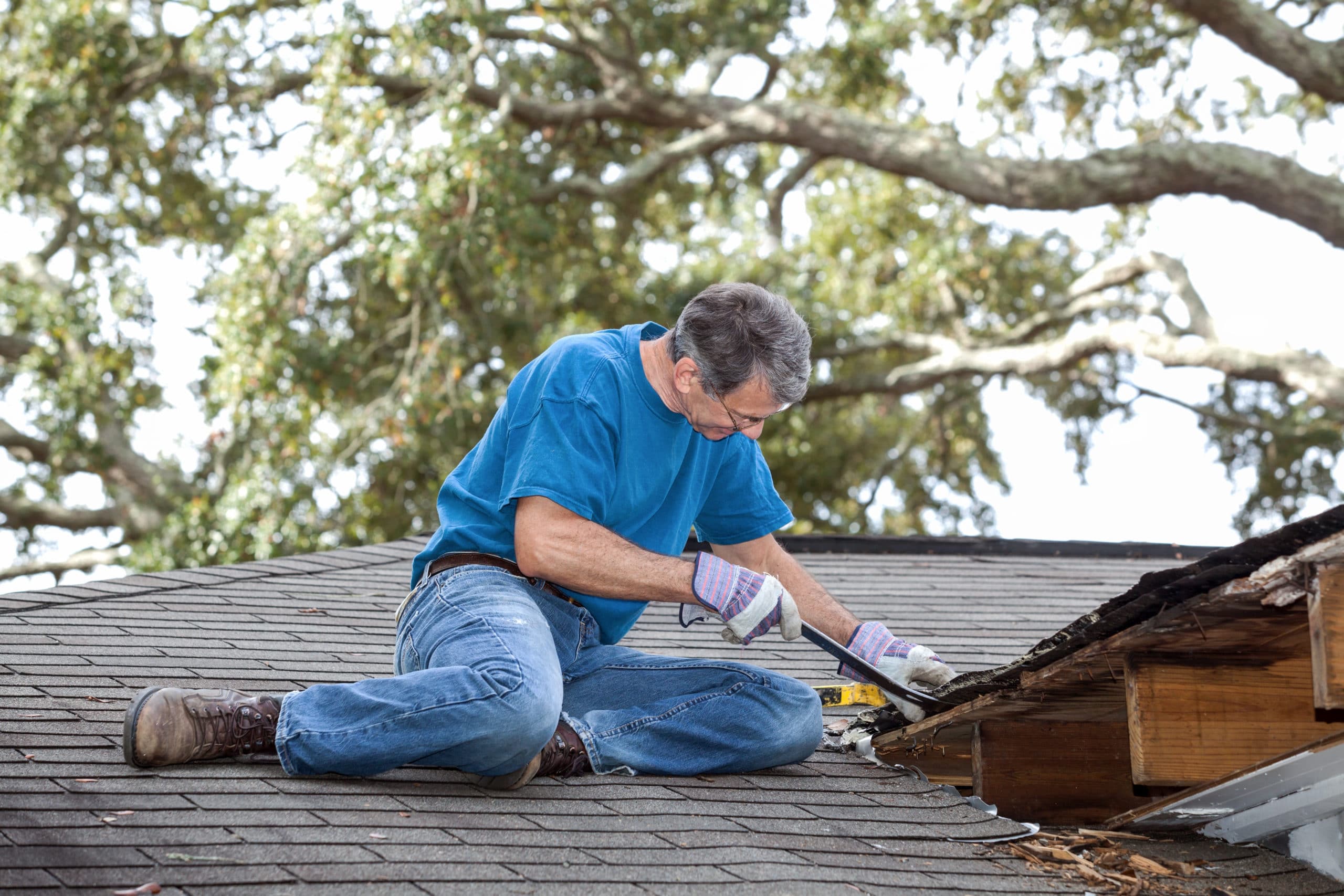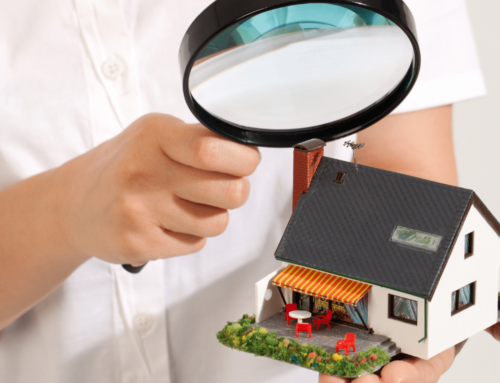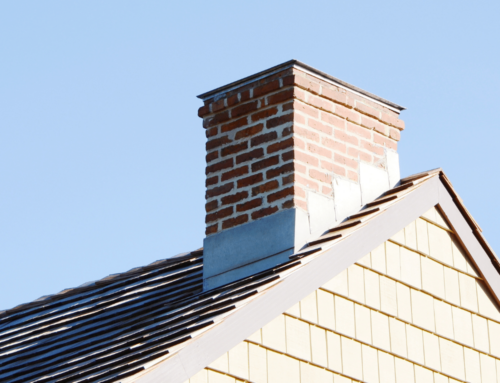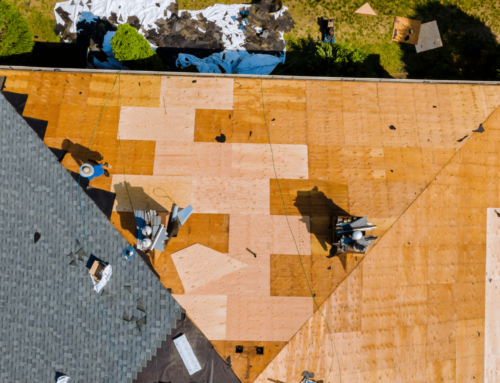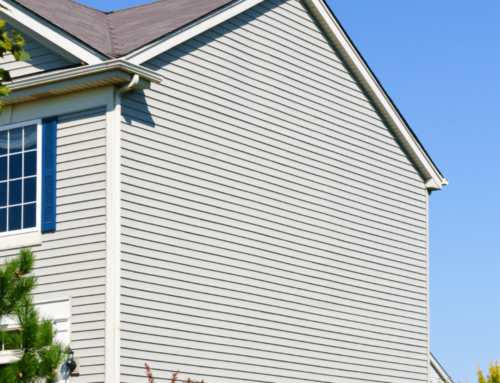Here are some of the problems to expect if your roof suffers because of excessive condensation.
MOLD AND MILDEW
Mold and mildew may also follow if your roof experiences serious condensation. Mold and mildew are potentially poisonous and may also attract further moisture and continue the vicious cycle of moisture under the roof.
METAL CORROSION
Moisture and air are the two main agents of corrosion. The addition of excessive condensation (high humidity) means the metal structures on your roof will corrode. The corrosion (rust) will eat into the metal and weaken the material, which means your roof may sag and collapse.
PEST INFESTATION
Pests also thrive in moist places, so excessive condensation will attract all manner of insects to your roof. Insects may damage your roof by boring into wood and other roof components.
WOOD ROT
If your roof has parts made from wood, then those parts may rot when condensation moistens them. Wood rot occurs even faster than corrosion, and soon your roof will lose its structural integrity. With the wooden parts become structurally compromised, a snow overload can cause roof collapse.
PREVENTIVE MEASURES
Given the destructive nature of excessive condensation, you should do everything possible to prevent condensation in the attic. The following specific measures can help you do that:
LOWER HUMIDITY
Lastly, you should also deal with the humidity in your house to prevent roof condensation. The higher the humidity in your house the more serious your condensation issue is likely to be. Take these steps to lower your home’s humidity:
- Don’t dry clothes inside the house
- Fix plumbing leaks as soon as they occur
- Dry water spills or flooding as soon as they occur
- Don’t store green lumber inside the house
- Ensure the gutters don’t back up water under the roof
- Ensure your HVAC (heating, ventilation, and air conditioning) system is the right size for your house
- Install a humidifier
INSULATE SUFFICIENTLY
Condensation occurs when warm and moist air rises, meets the cold underside of the roof, and releases its moisture. Condensation cannot occur if the underside of the roof is not cold. The best way to create a warm environment is to insulate your roof thoroughly. With proper insulation, the outside temperature doesn’t reach inside the house even during the cold season.
VENT PROPERLY
Roof ventilation is the process by which outside air can enter and exit the house in a balanced manner. The intake and exit should be balanced so that the airflow prevents accumulation of moisture, but doesn’t interfere with your home’s heating and cooling efficiency. Get that balance right, and your house will not suffer excessive condensation.
INSTALL A VAPOR BARRIER
Warm air is not the only thing that can transport moisture to the cold underside of your roof’s surface. Moisture can get to your roof via other mediums such as walls and ceiling materials. A water barrier between the roof and the rest of the house will keep moisture at bay and prevent excessive condensation.
In short, do your best to limit the amount of moisture that you produce in the house or enters the house from outside.

